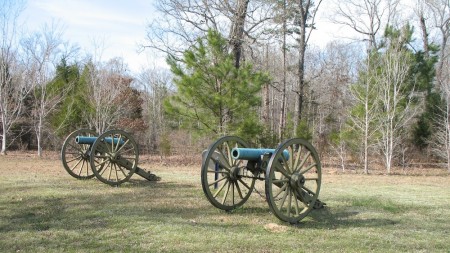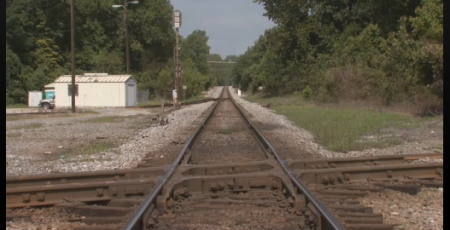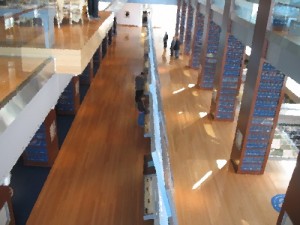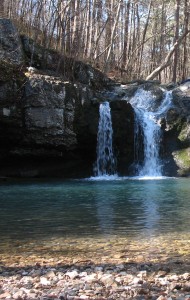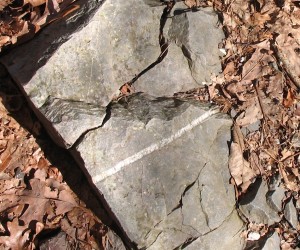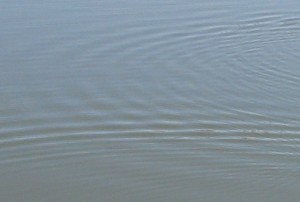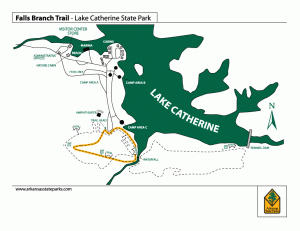We hiked in Shiloh on a beautiful spring day just about a week before the anniversary of that formative battle of the American civil war. Trail #4 traces the battle from the first contact of union and confederate pickets near what is now Ed Shaws Store and Peach Orchard Restaurant, all the way to the park center where General Grant formed his last line of defense.
[googleMap name=”Ed Shaws Store” description=”Start of Trail #4″ width=”400″ height=”400″ mapzoom=”13″ mousewheel=”false”]35.116, -88.362[/googleMap]
The hike winds its way across mowed fields and through rolling, forested tracts. With the leaves not yet on the trees this was the perfect time to make this hike. Two years ago, the last time the middle school did this trip, they did it a little earlier in the year in below-freezing temperatures. Apparently it was great for character building.
We weren’t quite as lucky in the character building department, it was a nice clear day, not too hot and not too cold. On the five mile hike and our students got a lot of practice navigating by compass. However, we had to take to the paved roads about a third of the way through in order to have lunch before meeting park ranger Paul Holloway for a demonstration of an infantryman.
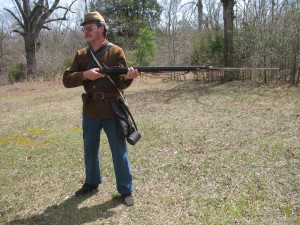
Mr. Holloway was superb, bringing into sharp relief the similarities and contrasts between soldiers in the two armies. He wore a brown coat, colors which could have been on either side, and demonstrated a rifle which was impressively loud, smokey and heavy.
Before sitting beneath a tree for our class discussion of what we saw that day we took in the visitor center and the movie, made in 1956, about the Battle of Shiloh. I though the movie was quite informative if a bit understaffed, but my students picked up on the fact that the amateur thespians kept stealing glances at the camera. Not to mention getting up and charging again after they’d been shot. They also detected a subtle bias toward the South from the narrator and in the content of the movie.
The rifle demonstration was extremely useful in setting the stage for the movie, but I though the five mile hike was also important because the students got the chance to feel the distance and then consider that what took us a couple of hours, took an entire day of hard fighting.

